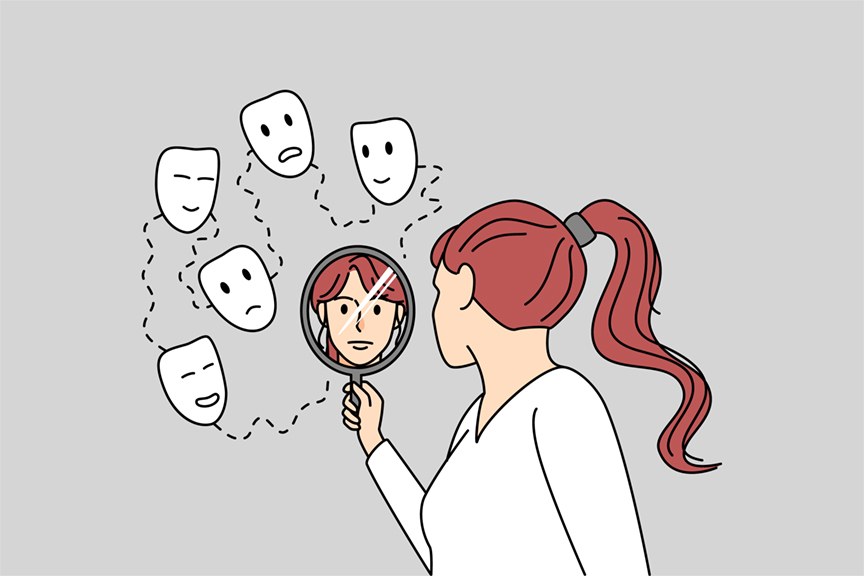
Which elements on the periodic table have a personality just like mine?
Grade 9 learners worked to answer the driving question, “Which elements on the periodic table have a personality just like mine?” By learning foundational chemistry knowledge, they were able to make comparisons to their own learning styles and personality. To deepen their chemistry knowledge, learning centres were used for learners to build independence and curiosity. The information learned in centres helped learners to analyze how elements behave and how their personality may have similar traits. Learners worked at the learning centres for approximately two weeks, rotating through centres at their own pace and in an order of their choosing. Centre topics included Chemical and Physical Changes; Bohr Diagrams; Protons, Neutrons, and Electrons; Element Families; Naming Elements; Metals versus Non-metals; and Objective versus Subjective Language. The teacher provided the learners with a checklist to help manage the work at each centre and to help them stay on track to increase independence. As the learners completed the work at a centre, the teacher or an educational assistant reviewed each part of their work to ensure they were on track. They were given opportunities to revise or redo work to ensure understanding of the concept.
After completing the work at the learning centres, learners explored their own learning and personality style. After doing so, they made comparisons to the ways in which elements behave. They chose one or two elements that represented their academic side on the outside of the mask and one or two elements that represented their social/emotional side on the inside of the mask. These could be characteristics they had or ones the learners had set as a goal. Prior to completing their masks, learners wrote rationales explaining why they had chosen their specific elements. After deciding on their elements, they determined how they would symbolically represent the big ideas on their mask, and then wrote an artist statement explaining both their element and their artist choices. Specific lessons were taught on argumentation (to prepare for their written rationale), symbolism (choosing the symbols on their mask), and artist statements. Learners received feedback on their mask design and their artist statement plan from peers, using a criteria checklist, prior to receiving a mask to work on. All masks and artist statements were hung in the school foyer for approximately one week (ideally around a school event or learner progress conferences).
There are many online tools and websites that can be used for personality and learning style quizzes.
Assessment for and as learning (formative):
Assessment (evaluation) of learning (summative):